1. Junction City, Oregon
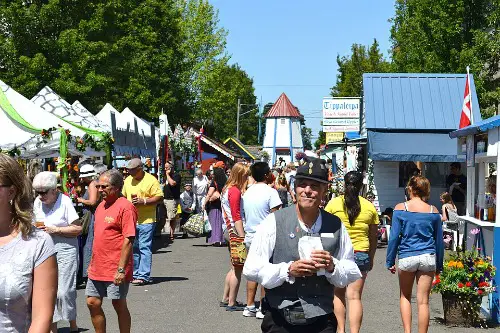
Junction City is small in population but huge in heritage, especially through its Scandinavian Festival. Each year over four days it becomes a living postcard of Nordic customs — folk dancing, songs, food, costumes, and crafts. The festival was started in 1961 as a way to revive declining downtown commerce and reconnect to the town’s Danish, Swedish, Norwegian roots. It now attracts over 100,000 visitors to a town of just over 6,000.
What keeps it real is that the organizers emphasize authentic traditions — locals teach dances, artisans produce real crafts, and the food is rooted in heritage rather than tourist kitsch. Even the younger generation is involved: kids learn Scandinavian folk dance and language basics. In effect, the festival is the living memory of a culture many might otherwise forget.
2. Galax, Virginia
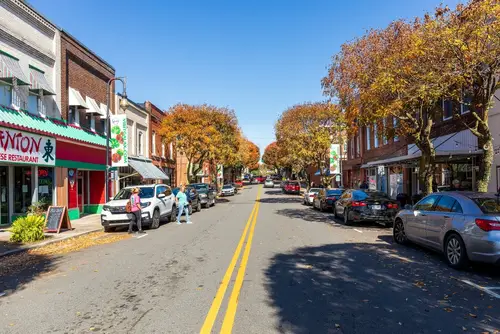
Galax is arguably one of the strongest holdouts for traditional Appalachian old-time music. Every August, the Old Fiddlers’ Convention draws thousands to compete, jam, and simply listen to mountain string music in Felts Park. The convention has been held since 1935 and is regarded as one of the longest-running events of its kind. Despite increasing commercialization of folk music, Galax maintains its spirit by letting amateurs, youth, and locals share the stage alongside veterans.
This town also helps preserve instrument-making traditions, especially local styles of dulcimer and fiddle. The community supports music education via schools and jam sessions so young people actually learn, not just spectate. Downtown shops often spill acoustic strings and banjo licks onto the sidewalks. For many musicians, Galax isn’t just a venue — it’s a home base for a tradition they might otherwise lose.
3. Manassa, Colorado
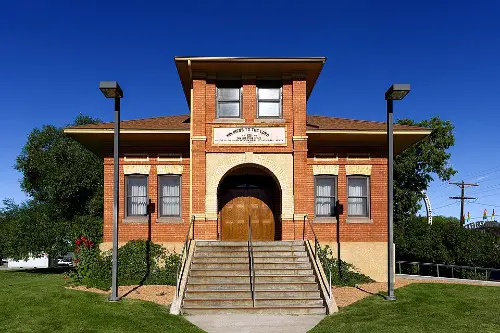
Nestled in the San Luis Valley, Manassa hosts Pioneer Days, a two-day western heritage festival that mixes rodeo, parades, demolition derbies, live music, and the dramatic “burning of the mountain letter” tradition. They’ve kept this going since the late 19th/early 20th century origins of Mormon pioneer settlement. The event draws people from around the region, sustaining cowboy lore, local food traditions, and storytelling.
What’s special is how much of the town itself participates — families host floats, schools provide marching units, and older residents recount pioneer stories. The burning of the “M” letter on the hillside is a spectacle that ties modern neighbors to their settler past. For local identity, Pioneer Days is a ritual and reminder that frontier culture isn’t just for tourists.
4. Lindsborg, Kansas
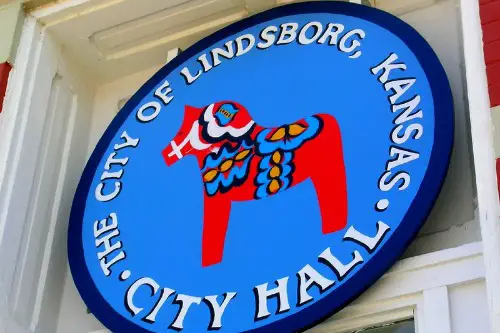
Lindsborg calls itself “Little Sweden, USA,” and they back it up with the Svensk Hyllningsfest, a biannual festival celebrating Swedish folk culture. The town resurrects old Swedish crafts, dances like polska and hambo, and culinary staples (like lutefisk) at every corner. Because many residents are proud descendants of Swedish immigrants, there’s an active desire to maintain those roots, not just play up tourism.
They also support year-round classes: folk dance, accordion, folk art, and Swedish language. The continuity means children grow up with the music and dance already part of their lives. That helps the traditions feel alive rather than staged.
5. Peru, Indiana
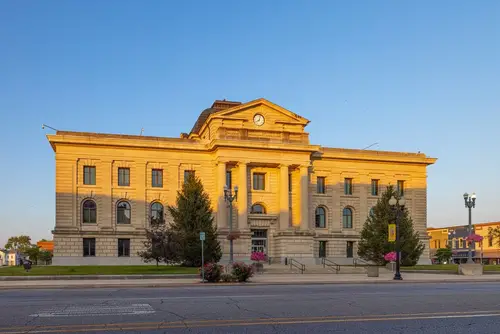
Peru has earned the title “Circus Capital of the World” and keeps that alive through the Peru Amateur Circus, now a multi-day festival of acrobats, clowns, trapeze, strongmen, tightrope, and more. It began as part of traveling circuses’ winter quarters in the early 20th century. Though many circuses disbanded or moved on, Peru kept the tradition by local youth involvement, community support, and reinvention over decades.
Each year, hundreds of young performers train, rehearse, and put on shows; the town shuts down Main Street for parades and exhibitions. The fact that locals still treat circus performance as a civic legacy is special: it’s not a sideshow but a mainstream annual event. Peru is proof that circus arts didn’t have to vanish — they just need a passionate home.
6. Yarmouth, Maine
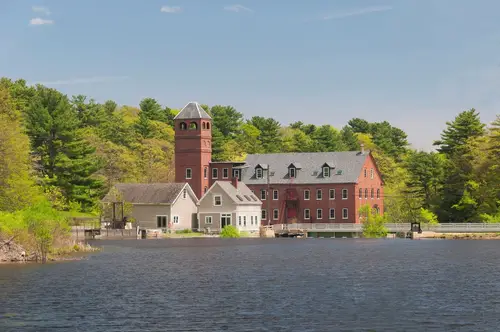
Yarmouth holds the Yarmouth Clam Festival, started in 1965 to revive the older “Old Home Week” tradition. For three days, the town goes full clam: there’s a parade, clam shucking contests, street food, a fun run, crafts, and fireworks. Locals stake out seats weeks ahead for the Friday parade, turning viewing into a communal ritual.
What’s noteworthy is how the festival remains community-run: church groups, schools, and nonprofit organizations each run booths and events. Over the years, they’ve added youth contests and more musical performances to keep younger folks engaged. The festival supports local nonprofits and keeps culinary maritime tradition central in the town identity.
7. Baldwin City, Kansas
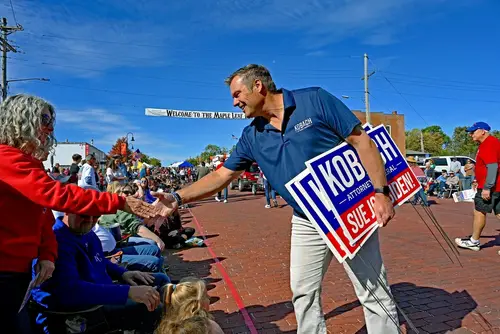
Though small, Baldwin City has held the Maple Leaf Festival every October for decades, a celebration that leans into autumn, quilt shows, crafts, music, and harvest traditions. This festival resonates because Kansas doesn’t often get a “fall festival” image, but Baldwin leans into local farms, seasonal change, and hands-on craft heritage.
Artists, quilters, and makers from across the region bring their work. The town also uses the festival to pass down folk crafts (like weaving, quilting, woodworking) by offering workshops. For many, Baldwin’s festival is not just a party — it’s a living classroom for disappearing manual arts.
8. Independence, Kansas
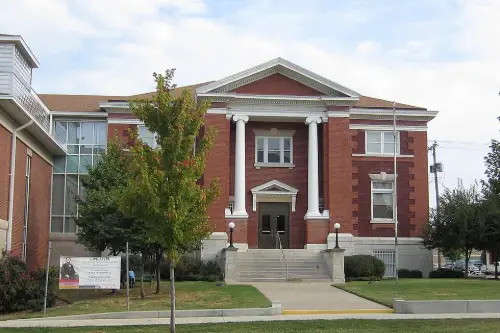
Independence hosts the Neewollah Festival, one of the oldest and largest Halloween-themed festivals in Kansas (its name is “Halloween” spelled backward). Starting in 1919, it was an alternative to trick-or-treat pranks and has grown into a full-blown community festival with parades, carnivals, and themed events. Locals take pride in maintaining small-town charm, without selling out to commercial Halloween tropes.
They preserve the original parade tradition, community theater events, and local club participation rather than bringing in massive corporate sponsors. Schools and civic groups steer the festival, keeping it grounded. Because of that, Neewollah still feels like a hometown tradition, not a contrived spectacle.
9. Dunlap, Tennessee

Dunlap stages the Small Town America Festival, an annual celebration of heritage with live music, vintage cars, wagons, local crafts, and community pageantry. For a town of modest size, keeping a festival that looks and feels mid-20th-century Americana alive is impressive. The festival encourages local musicians to perform, kids to dress in period costume, and traditional crafts to be displayed.
Part of what sustains it is the tight-knit volunteer networks — each year locals rotate responsibilities so the festival isn’t dependent on one generation. They purposely avoid over-modernizing the look and feel; when you walk down Main Street you’d feel like you’ve stepped back a few decades. It’s not a polished tourist show but a living hometown throwback.
10. Sopchoppy, Florida
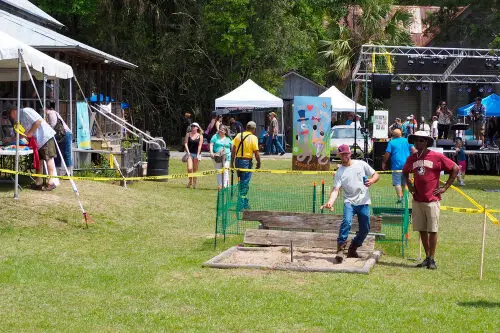
Sopchoppy might be the world’s worm-gruntin’ capital. Every April, the town hosts the Worm Gruntin’ Festival, celebrating the old technique where wooden stakes and vibrations coax earthworms to the surface. It’s part show, part folk science, part local pride. Though it sounds quirky, it’s deeply tied to rural land-use traditions.
Locals teach the gruntin method to visitors and children, and host music, arts, and food around it. Because few places preserve soil- and worm-based folk techniques, Sopchoppy is an oddball but essential keeper of rural knowledge. The festival struck a balance: silly, yes, but meaningful to the community’s identity.
11. Redmond, Washington
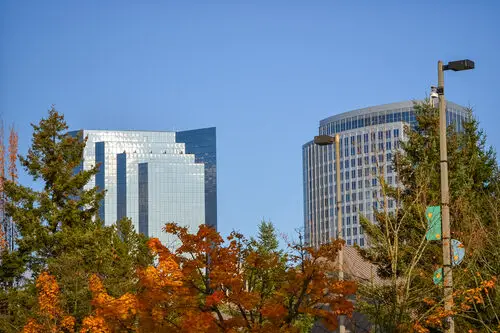
Redmond may be known for tech, but its Derby Days, held since 1939, retains a small-town feel: pancake breakfasts, vintage parades, bike races, run events, and fireworks. The tradition started as a civic celebration to bring the community together and has survived even as the area urbanized. What’s remarkable is that locals still treat it as a hometown reunion rather than a commercial fair.
Children, high school bands, civic groups, and long-time residents all line up to participate. The parade’s structure is largely unchanged, keeping floats, marching units, and local club booths. Even though the town has grown, Derby Days remains a touchstone of continuity and shared memory.
12. Mendon, Michigan
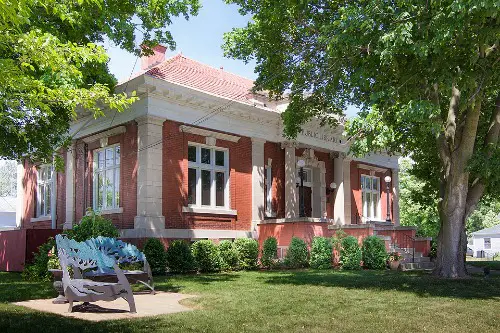
This tiny village keeps alive two strong local traditions: the Mendon Riverfest (with canoe races, toy boat races, fireworks) and the Mendon Kiwanis Showboat, which evolved from a minstrel show to a showcase of local music, comedy, and theater. The Showboat especially is peculiar: in many places minstrel formats would be retired, but in Mendon it’s been reinterpreted (with sensitivity) to focus on local talent and historical revue.
Because much of the programming is homegrown — locals, kids, school groups — this keeps old forms alive. Mendon doesn’t outsource its culture; it nurtures it among residents who perform, design sets, and invite audiences. In a time when many small towns lose performing arts, Mendon plugs on.
13. Cass, Missouri
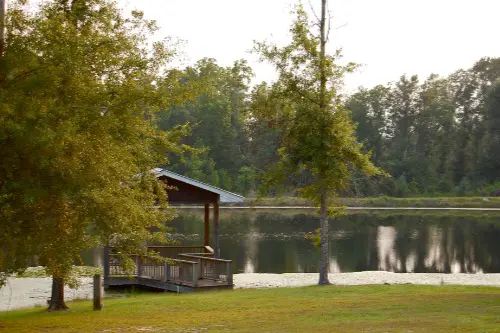
Cass (near Kansas City) is central to Missouri’s traditional fiddle and dance movement, which is itself a legacy art under threat. The region hosts recurring fiddle contests, dance weeks, and camps to teach Ozarks-style old-time music. The Missouri State Old Time Fiddlers Association and related grassroots groups rely on small towns like Cass to host events and sustain networks.
What’s even more compelling is that local radio stations sometimes broadcast fiddle contests live from small-town venues. That air presence helps the tradition remain visible beyond just niche circles. Cass may not be famous on its own, but it functions as a vital node in a living folk music infrastructure.
14. Fries, Virginia
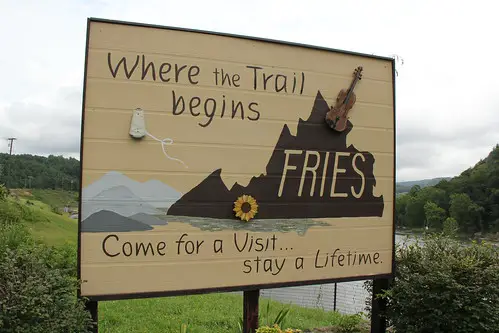
Fries is a mill town that hosts Fries Fiddlers’ Convention, part of the region around Galax and the Crooked Road heritage music trail. While nearby Galax may be more famous, Fries carries forward traditions in a more intimate setting — jam sessions, local musicians, and community engagement. Because it’s smaller, the atmosphere is grassroots rather than staged.
Residents host house concerts, workshops in Appalachian banjo and string music, and cross-town jam circles. The continuity of local players passing tunes across generations is stronger here because the audience is local, not just tourism. In that sense, Fries is preserving a version of the tradition that’s unfiltered and home-centered.
15. Round Top, Texas
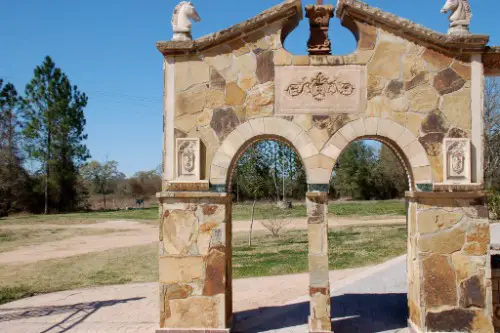
Round Top has a population of fewer than a hundred, yet it hosts one of the largest antique fairs in the country, the Original Round Top Antiques Fair, three times each year. This is not just commerce — it’s a showpiece of collecting, repurposing, heritage, and preserving material culture. Dealers and collectors bring early American furniture, folk art, vintage textiles, and historical objects.
What gives it integrity is that the fair is community-rooted: local landowners host booths, local eateries gear toward antique shoppers, and much of the fair’s layout preserves the feeling of down-home markets. The event helps rescue physical artifacts that might otherwise vanish. In effect, Round Top becomes a living museum and marketplace for things that embody disappearing American craftsmanship.
This post 15 Small Towns Keeping Dying American Traditions Alive Single-Handedly was first published on American Charm.


